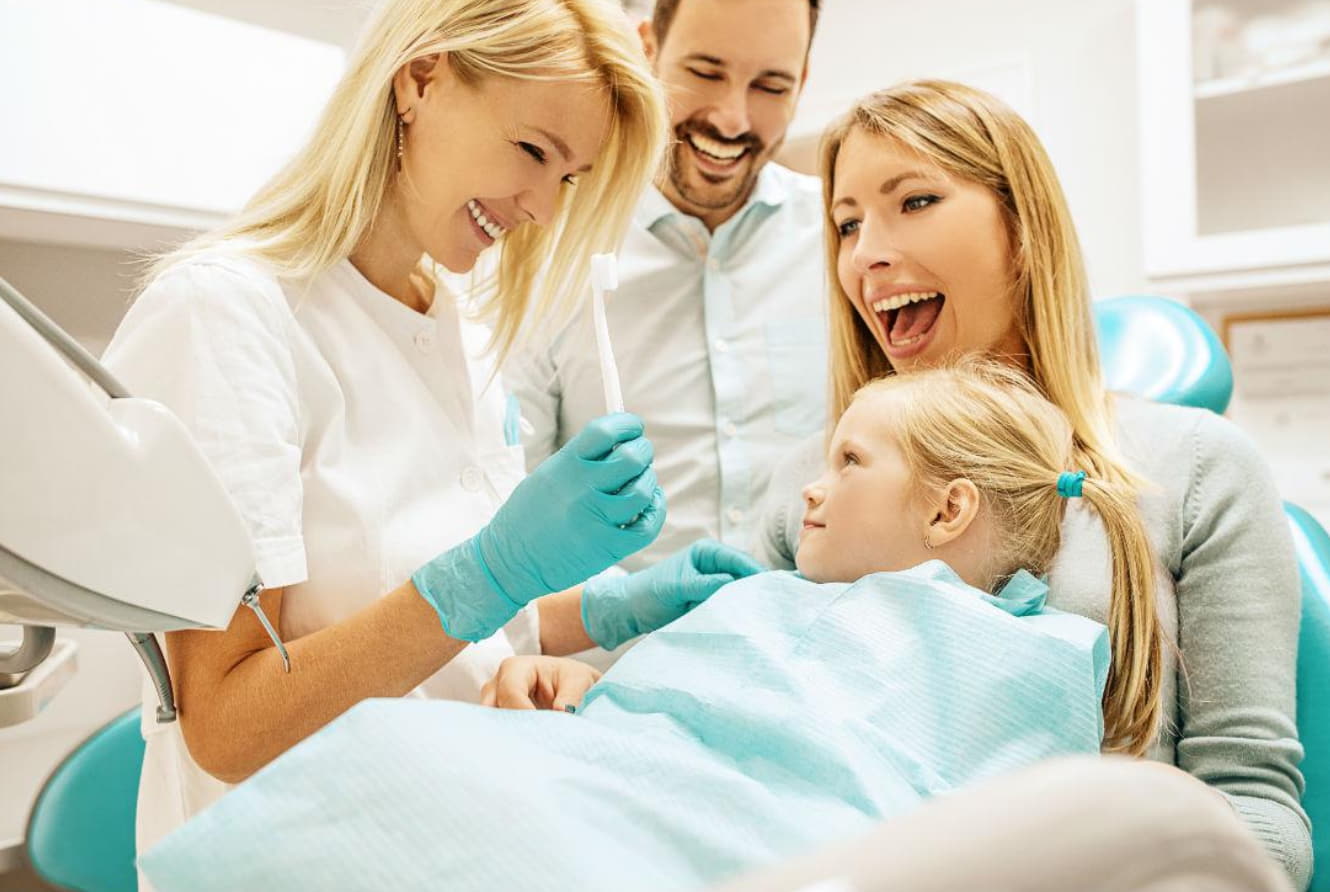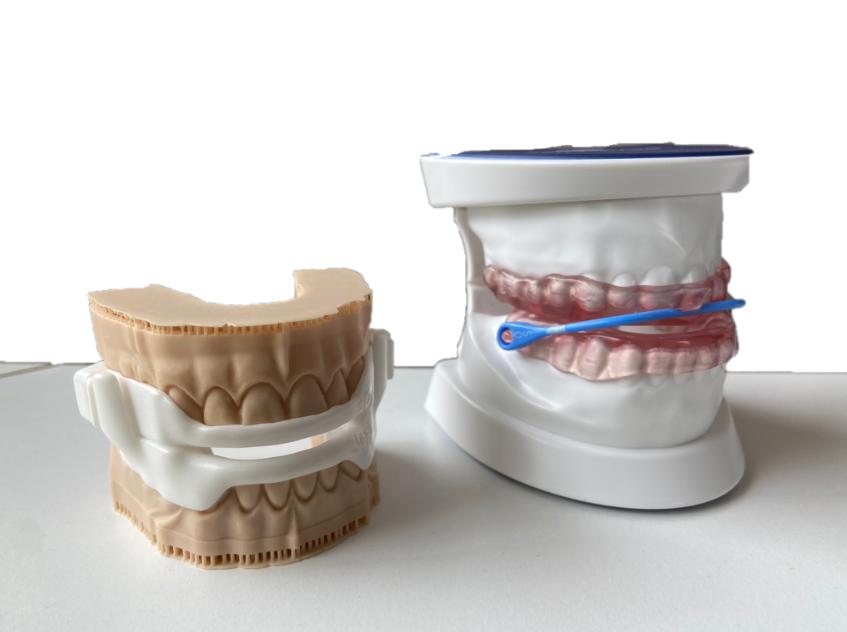Sleep apnea is a common condition that affects millions worldwide, disrupting sleep and causing serious health issues if left untreated. Among the various treatment options available, a dental appliance for sleep apnea has emerged as an effective, non-invasive solution.
But what exactly is this device, and how does it work?
Understanding Sleep Apnea
Sleep apnea occurs when breathing is repeatedly interrupted during sleep, often due to the relaxation of throat muscles or obstructions in the airway. This leads to symptoms such as loud snoring, daytime fatigue, and an increased risk of conditions like heart disease and high blood pressure.
While lifestyle changes and Continuous Positive Airway Pressure (CPAP) machines are common treatments, some people find CPAP devices uncomfortable or challenging to use consistently. This is where dental appliances come into play.
What is a Dental Appliance?
A dental appliance, also known as an oral appliance, is a custom-made device designed to treat obstructive sleep apnea (OSA) and snoring. It resembles a mouthguard or retainer and is worn during sleep.
These devices work by repositioning the lower jaw and tongue to keep the airway open, preventing the collapses that cause breathing interruptions. The result is improved airflow, reduced snoring, and a better night’s sleep.
Types of Dental Appliances
There are two main types of dental appliances for sleep apnea:
- Mandibular Advancement Devices (MADs): These are the most common and work by gently moving the lower jaw forward to keep the airway unobstructed.
- Tongue Retaining Devices (TRDs): These hold the tongue in a forward position to prevent it from blocking the airway.
Both types are customised to fit each patient’s mouth, ensuring comfort and effectiveness.
Benefits of Using a Dental Appliance
- Comfort and Convenience: These devices are small, portable, and easy to wear, making them more comfortable for many users compared to CPAP machines.
- Improved Sleep Quality: By addressing the root cause of sleep apnea, they help users wake up feeling more refreshed.
- Non-Invasive Treatment: No surgery or complex procedures are required.
Conclusion
A dental appliance for sleep apnea is a practical and effective treatment option for those seeking an alternative to CPAP therapy. By providing a customised, non-invasive solution, these devices help individuals regain restful sleep and improve their overall health. If you’re struggling with sleep apnea, consulting a dentist trained in sleep medicine could be the first step towards better sleep and a healthier life.


